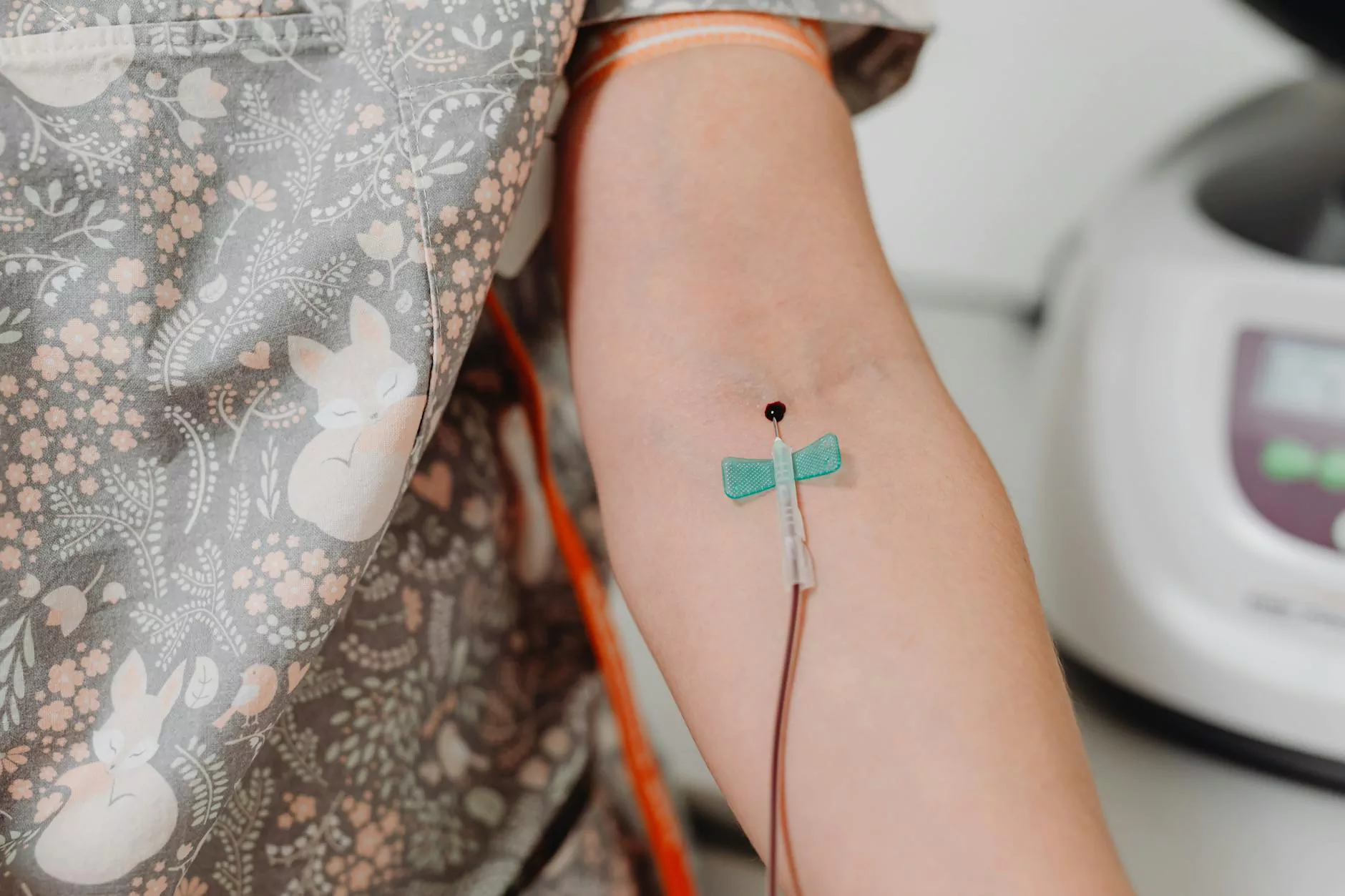Understanding Venous Stasis Symptoms: A Comprehensive Guide

Venous stasis symptoms refer to a collection of signs and conditions resulting from poor blood circulation in the veins of the lower extremities. It's essential to understand these symptoms to promote better vascular health and mitigate potential complications.
What is Venous Stasis?
Venous stasis occurs when blood pools in the veins of the legs due to various reasons, including prolonged sitting or standing, pregnancy, obesity, or damage to valves in the veins. As blood flow slows, it can lead to a myriad of symptoms and potential health issues.
Recognizing Venous Stasis Symptoms
Understanding the symptoms of venous stasis is crucial for timely intervention. Here is a comprehensive list of common venous stasis symptoms:
- Swelling of the legs and ankles: This is one of the most noticeable symptoms, often worsening after long periods of inactivity.
- Skin changes: The skin on the legs may become discolored, often presenting a brownish hue due to the accumulation of blood and fluid.
- Varicose veins: Enlarged veins that may look twisted and bulging, which are usually visible beneath the skin.
- Leg pain or heaviness: Individuals may feel discomfort, aching, or a feeling of heaviness in the affected legs.
- Itching or restlessness: Some patients experience itchiness around the legs or a restless feeling, particularly at night.
- Ulcers or non-healing wounds: Severe cases may lead to venous ulcers, which are painful sores that take a long time to heal.
What Causes Venous Stasis?
Multiple factors can contribute to the development of venous stasis. Understanding these causes can help identify and prevent the condition:
- Prolonged immobility: Long periods of sitting or standing can impede circulation, leading to venous stasis.
- Heart conditions: Conditions affecting the heart can impact blood return to the heart, increasing stasis risk.
- Obesity: Excess weight can put additional pressure on the veins, worsening circulation issues.
- Pregnancy: Hormonal changes and increased blood volume during pregnancy may enhance the chance of venous stasis.
- Previous venous disorders: A history of blood clots or varicose veins raises the likelihood of developing venous stasis.
The Importance of Seeking Medical Attention
If you are experiencing any of the above venous stasis symptoms, it is vital to consult a healthcare professional. Early detection can prevent further complications, such as:
- Deep vein thrombosis (DVT): A potentially life-threatening condition caused by blood clots.
- Chronic venous insufficiency (CVI): A condition wherein the veins cannot efficiently return blood to the heart.
- Skin infections: Due to compromised skin integrity from stasis ulcers.
Diagnosis of Venous Stasis
To accurately diagnose venous stasis, healthcare providers may utilize several approaches, including:
- Physical examination: A thorough assessment of symptoms and the physical state of the legs.
- Doppler ultrasound: This imaging technique evaluates blood flow and helps detect clots.
- Venography: In rare cases, dye is injected into the vein to visualize its function more clearly.
Treatment Options for Venous Stasis Symptoms
Once diagnosed with venous stasis, various treatment options are available to alleviate symptoms and address the underlying causes:
- Compression therapy: Wearing compression stockings can help improve circulation and reduce swelling.
- Lifestyle modifications: Engaging in regular physical activities, maintaining a healthy weight, and avoiding long periods of immobility can significantly improve symptoms.
- Medications: Doctors may prescribe medications to manage pain and reduce inflammation associated with venous stasis.
- Surgical interventions: In more severe cases, procedures such as sclerotherapy, vein stripping, or endovenous laser therapy may be recommended.
Preventing Venous Stasis Symptoms
Preventing the onset of venous stasis is crucial, especially for individuals at higher risk. Here are several preventive measures:
- Stay active: Regular physical activity enhances blood flow and reduces the risk of stasis.
- Maintain a healthy weight: Weight management alleviates excess pressure on the veins.
- Elevate the legs: Elevating your legs while resting can improve circulation.
- Avoid tight clothing: Wearing looser clothes will promote better blood flow in the lower extremities.
- Hydration: Ensure proper hydration to keep your blood flowing smoothly.
Conclusion
Understanding venous stasis symptoms is integral to maintaining vascular health. By recognizing the signs, seeking timely medical intervention, and adopting preventive measures, individuals can significantly enhance their quality of life and reduce the risk of complications associated with poor venous circulation. If you are experiencing any symptoms associated with venous stasis, do not hesitate to reach out to a healthcare provider at trufflesveinspecialists.com for a comprehensive assessment and tailored treatment plan.



